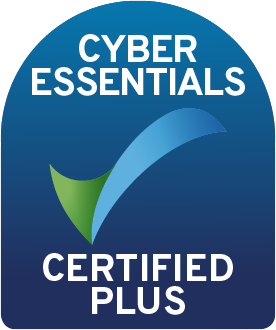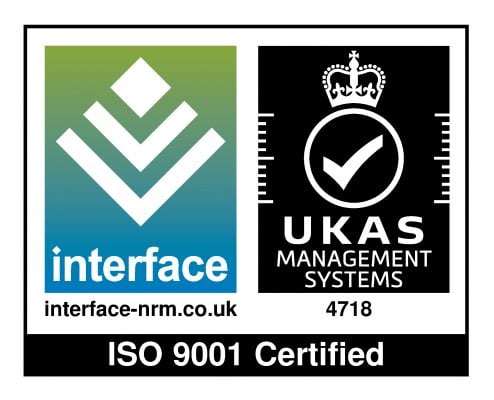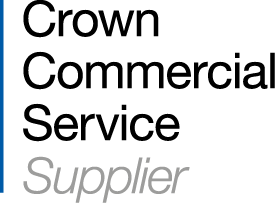Hubken Group delivers expert Totara services that leverage Totara’s Talent Experience Platform (TXP) performance management capabilities, seamlessly integrating them with the Totara learning management system (LMS). This integration connects learning initiatives directly to employee development and performance objectives, enabling organisations to align training programs with both individual competencies and broader organisational goals. Through Hubken’s tailored solutions, clients benefit from personalised learning pathways customised by role, department, or other specific criteria, ensuring training drives measurable growth and success.
1. One to ones and appraisals
Personalised Learning Paths
Based on individual performance goals and competency gaps, tailored learning paths are created within Totara Learn, providing employees with the specific training they need to improve. By aligning learning with performance goals and providing ongoing feedback and support, Totara's integrated system contributes to improved employee performance and organisational productivity.
Traditionally, performance management consisted of infrequent and outdated appraisals, often delivered only once a year. Today, with 76% of workers preferring to have feedback about their performance at least every month, modern-day performance management techniques such as weekly one-to-ones and monthly appraisals have become popular.
When organisations schedule weekly or monthly one-to-one sessions between managers and employees, they provide both parties with the opportunity to reflect on recent performance, raise any queries, address any issues and create new objectives and goals for the following week(s). However, to ensure these sessions have real value, they need to be well-structured and data-driven, providing evidence of what has or hasn’t been achieved since the last session.
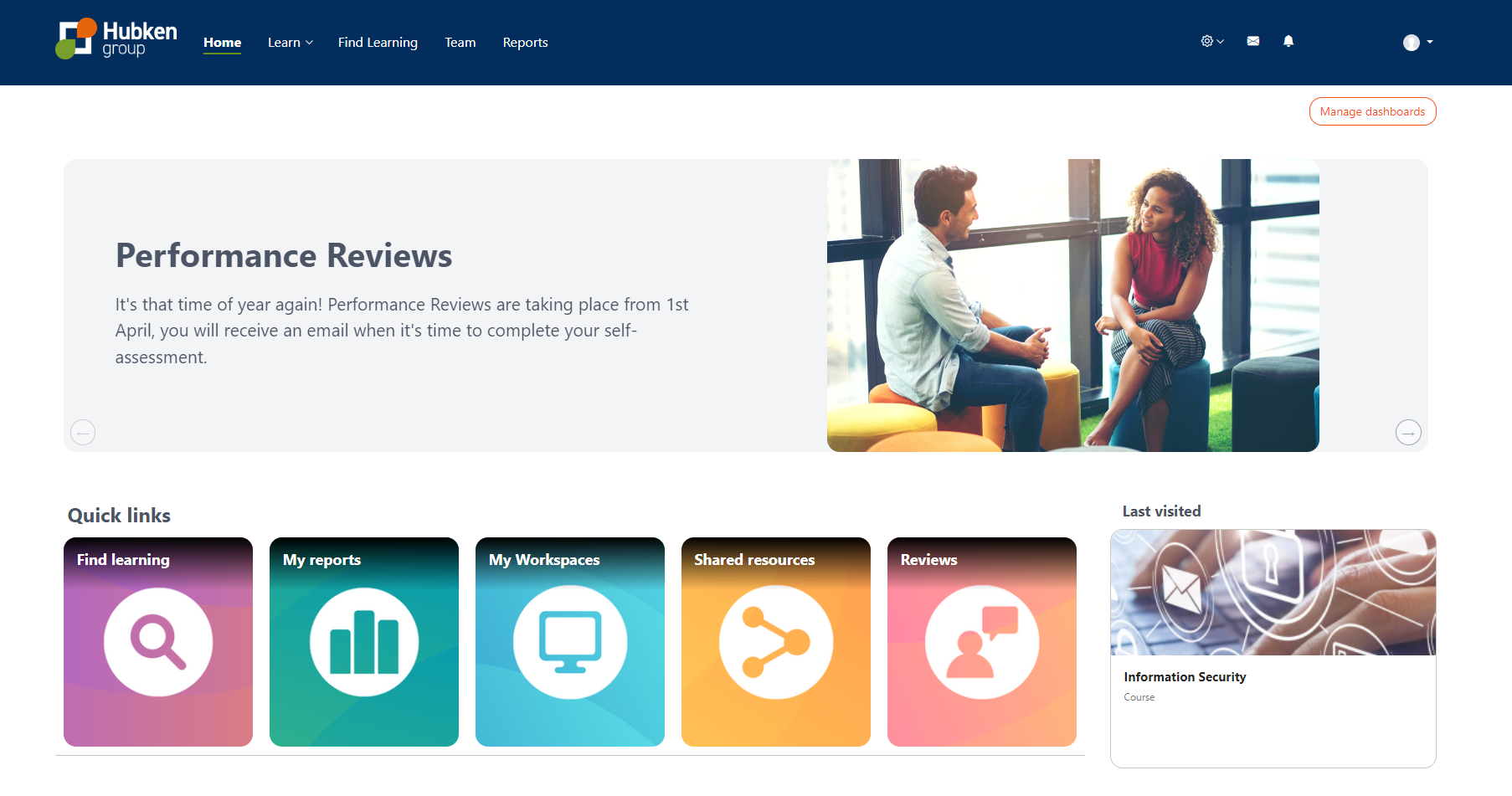
With Totara Perform, Totara’s powerful performance management system, admins or managers can create performance activities which can provide structure for appraisals and one-to-ones. Activities can be made up of question types such as text-based questions and answers or customisable rating scales, allowing both employees and managers to provide feedback in a structured and quantifiable format. Totara Perform also allows admins to set the frequency of the activities and send out automated notifications of upcoming performance review deadlines, ensuring employees and managers stay on track with activities.
What is a performance management system? Read our ultimate guide here.
2. Objective setting
Goal Alignment
Performance goals set in Totara Perform can be linked to relevant learning resources in Totara Learn, ensuring that development efforts directly support performance objectives.
Motivating employees to continuously grow and improve can only be achieved if they have something to work towards, so an essential performance management technique within any organisation is objective setting. This is simply the process of creating objectives or goals and setting out a plan designed to help employees achieve them. These objectives may be role-based, L&D-focused, behavioural goals, or driven by specific tasks, and all of these will need to align with the overarching company goals and objectives.
While objective setting is common practice within any organisation, the execution of this performance management technique is often inadequate - especially when delivered offline. However, with Totara users can create quantitative and qualitative company goals using the platform's goal management functionality. Goals in Totara can be set at a team or individual level with a variety of available types of goals and goal frameworks. Users can also use ‘goal scales’ which can determine the criteria by which a goal is measured, such as ‘Not started, ‘Started’, ‘In progress’ and ‘Complete’. Using e-learning technology to create and monitor objective-based activities will serve as valuable and quantifiable evidence of employee progress, which is far more effective than any offline objective-setting practices.
Want your employees to grow? Discover the best way to deliver an effective L&D strategy here.
3. Personal development plans (PDPs)
Competency Mapping
Totara allows organisations to define competency frameworks and map specific skills to learning activities within the LMS, enabling you to link them through to an individual's PDP.
Perhaps the most thorough performance management technique, personal development plans (PDPs) are structured frameworks designed to outline any areas where employees can make improvements and how they can go about doing so. Much like the process of objective setting, managers and employees identify any long-term goals and role-based objectives but PDPs take this one step further by mapping out the process of achieving these goals and setting clear markers for identifying employee progression.
The most effective way to maximise the potential of a PDP is to use an all-in-one talent experience platform such as Totara’s TXP. With a platform such as a TXP, each component of the PDP can be successfully managed and monitored from the beginning and beyond by using its powerful talent management functionality.
With powerful reporting tools and assessment features, managers can design a PDP by first identifying any skills gaps. Once these skills gaps have been identified, managers can create competency frameworks. With features such as dashboards displaying percentage bars, employees benefit from having full visibility of their progress without the need to check in with managers outside of scheduled one-to-one sessions. Users can also create and distribute badges and online certificates within the platform; these not only serve as clear markers for employee progression and achievements but also boost motivation and engagement levels.
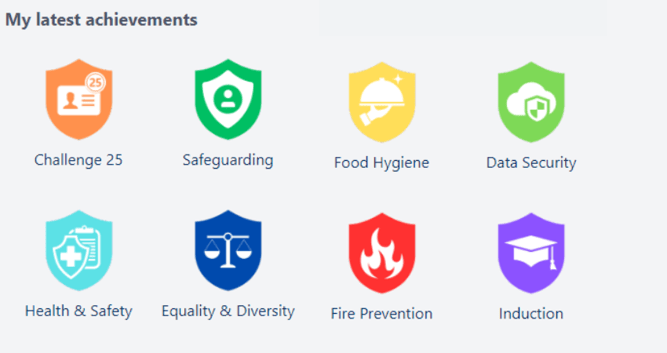
Want to know more about how to create a PDP with Totara’s TXP? Read our full breakdown here.
4. Cross-functional training and workshops
Targeted Development
The system identifies skills gaps and provides targeted learning opportunities, ensuring that employees are equipped with the right skills for their roles and future career aspirations.
One of the lesser-known performance management techniques is cross-functional training. The purpose of cross-functional training is to allow employees to learn skills and knowledge that aren’t necessarily required for their current position. One of the ways to deliver cross-functional training is to hold workshops where employees can come together with members of various departments and carry out activities such as brainstorming sessions, demonstrations, talks and Q&A sessions.
Using Totara’s seminar functionality, admins can create, manage, and report on face-to-face training sessions such as cross-functional workshops. Users can easily see when and where an upcoming session is using the platform and register for the session. Admins can see who has or hasn’t signed up for events and send out notifications to remind users of upcoming events.

With the Totara Engage learning experience platform (LXP), users can engage in online cross-functional training by using features such as forums, discussion boards, and user-generated content creation tools. With these features, employees can engage in continuous cross-functional training activities in an environment where conversations are recorded for future use or content comes directly from SMEs and experienced employees, meaning that training materials are more beneficial as they have been created by the people in that particular job role.
What is a learning experience platform (LXP)? Read our ultimate guide here.
5. 360-degree feedback sessions
When performance reviews and feedback sessions are limited to being carried out between employees and managers, performance management activities can feel one-dimensional. It’s beneficial for organisations to build a broader picture of employee performance by gathering input from other colleagues and managers. 62% of employees said they wish to receive more feedback from their co-workers, which is why 360-degree feedback sessions have increasingly become one of the most popular performance management techniques in recent years.
360-degree feedback gathers input from employees across the entire organisation and asks them to provide insights into the performance of an employee, traditionally by distributing anonymous surveys. These surveys may include questions such as ‘Does this employee work well in a team’ or ‘What could this employee improve on’. Having input from peers helps employees take accountability for any areas that have been flagged such as identifying behaviour patterns, a lack of soft skills proficiency or role-based competencies.

With Totara Perform’s 360-degree feedback tool, users can create and distribute forms to relevant parties. These forms can be customised to include a host of question types including multiple choice options or a rating scale to help employees navigate the process of evaluating their fellow peers. Answers will be automatically collated and distributed using Totara’s powerful automation technology, making the entire process much easier for larger companies with multiple employees and departments.
Like the sound of Totara? Improve your performance management practices today by implementing a Totara solution with Hubken.
Hubken Group leverages Totara’s seamless integration of performance management and learning to build a unified ecosystem where employee development is closely linked to performance outcomes. This approach helps organisations foster a more engaged, skilled, and high-performing workforce, driving measurable improvements in productivity and business success.
Whether you’re looking at the Totara Learn LMS, Totara Engage LXP, Totara Perform or the full suite of Totara products in the Totara TXP, our solutions boast the functionality required to elevate your performance management techniques and help you get the best out of your employees. Explore our Totara solutions by visiting our product pages or book a free demo with one of our Totara experts.
Frequently Asked Questions
What is Totara Perform and how does it support performance management?
Totara Perform is a powerful performance management tool that helps organisations set goals, track progress, and facilitate continuous feedback.
It enables agile performance reviews, 360-degree feedback, and alignment of individual objectives with company strategy.
How does Totara Perform differ from traditional performance review systems?
Unlike static, annual review systems, Totara Perform enables continuous performance tracking through real-time feedback, check-ins, goal-setting, and custom workflows—offering a flexible, employee-centric approach to development.
Can Totara Perform be integrated with existing LMS and HR systems?
Yes, Totara Perform integrates seamlessly with Totara Learn nd can connect with HR platforms via APIs. This ensures unified data management across learning, performance, and HR systems.
Who can benefit most from using Totara Perform?
Totara Perform is ideal for organisations seeking to modernise performance management, especially those with remote teams, evolving goals, or a focus on continuous improvement and employee development.

Book your free Totara demo today
Book a demo with one of our e-learning experts and learn first-hand how a Totara solution from Hubken can help you deliver a powerful performance management strategy.
.png?width=1080&height=150&name=Slim%20blog%20CTAs%20(12).png)

.png?width=1080&height=150&name=Slim%20blog%20CTAs%20(14).png)
